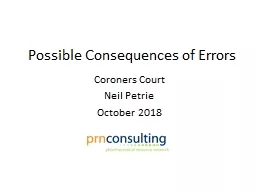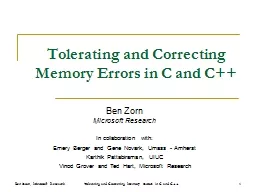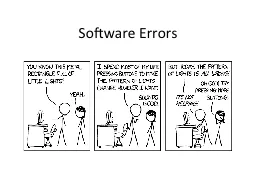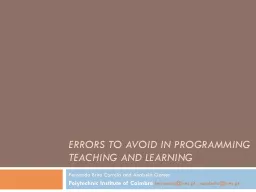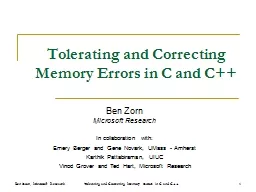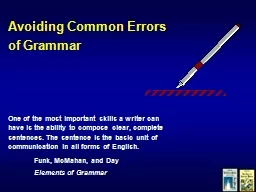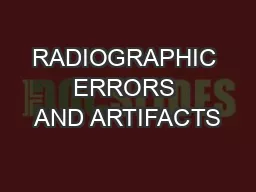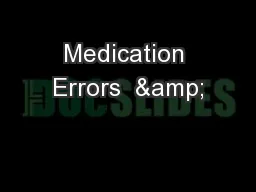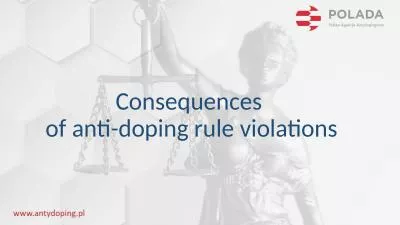PPT-Possible Consequences of Errors
Author : deena | Published Date : 2022-06-11
Coroners Court Neil Petrie October 2018 Recent Coroners Case Methotrexate Chemotherapeutic agent for rheumatoid arthritis Also used for some cancers Also may be
Presentation Embed Code
Download Presentation
Download Presentation The PPT/PDF document "Possible Consequences of Errors" is the property of its rightful owner. Permission is granted to download and print the materials on this website for personal, non-commercial use only, and to display it on your personal computer provided you do not modify the materials and that you retain all copyright notices contained in the materials. By downloading content from our website, you accept the terms of this agreement.
Possible Consequences of Errors: Transcript
Download Rules Of Document
"Possible Consequences of Errors"The content belongs to its owner. You may download and print it for personal use, without modification, and keep all copyright notices. By downloading, you agree to these terms.
Related Documents

